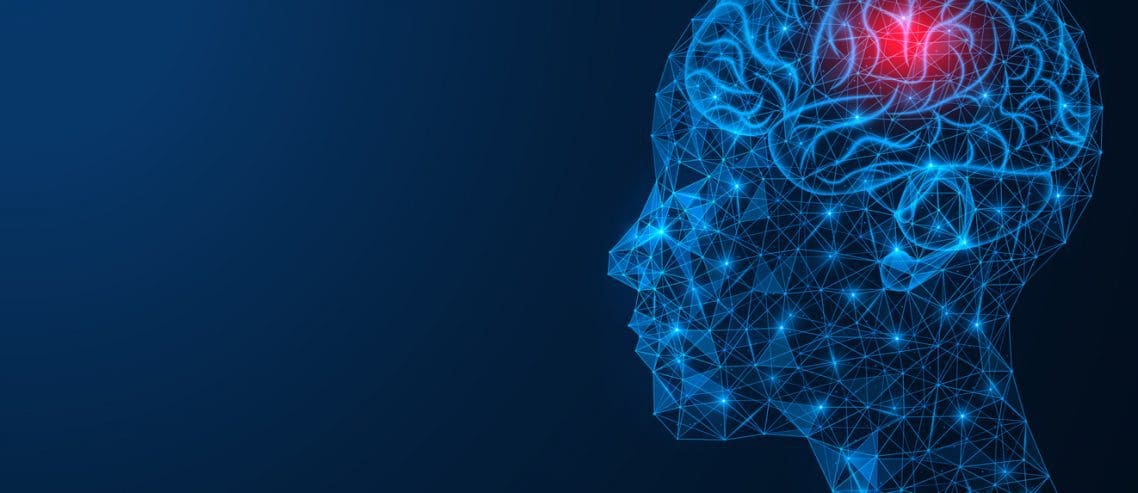dTMS vs rTMS: Deep TMS vs Repetitive TMS
Transcranial Magnetic Stimulation (TMS) is a noninvasive treatment for various mental health conditions that uses magnetic fields to regulate the activity of brain structures. Two major forms exist, dTMS and rTMS, which share many surface-like similarities, but ultimately provide their own unique benefits.
TMS Therapy has been proven to provide patients with beneficial results, but understanding the difference between the two types is crucial for proper diagnosis. Here are the similarities and differences between dTMS vs rTMS, as well as the many benefits that both procedures can provide.
What is rTMS & dTMS Therapy?
The objective of both rTMS and dTMS therapy is to stimulate brain activity by using electromagnetic fields to generate excitation and inhibition of neurons in the brain. This sort of cranial activity has been shown to help treat major depression, while clinical trials are at various stages for treatment of bipolar disorder, PTSD, and schizophrenia. By using what is known as an H-Coil, a treatment device patented by BrainsWay, deep electronic stimulation of the brain tissues is possible in an effort to normalize their neural activity. This will positively impact the severity and frequency of recurring symptoms.
dTMS vs. rTMS: What is the Difference Between dTMS and rTMS?
While both dTMS and rTMS therapy stimulate brain activity in a similar way, and both are considered non-invasive treatments, differences lie in the specific intensity of the treatment, as well as the amount of treatments that may be required.
- Repetitive Transcranial Magnetic Stimulation (rTMS)
Also known as Traditional Transcranial Magnetic Stimulation, repetitive TMS has a narrower range of activation as opposed to deep TMS. It relies on a figure 8-coil design, which only reaches depths of about 0.7 cm. As the name suggests, rTMS also requires more frequent treatments to experience its benefits, and as a result, there is an increased risk of missing relevant brain structures. Since these structures vary between every person, rTMS does have the potential to locate these vital brain structures through many treatments, but more sessions also means more time and effort.
- Deep Transcranial Magnetic Stimulation (dTMS)
Deep Transcranial Magnetic Stimulation uses a three-dimensional H-coil design, encompassing a broader surface area to stimulate deeper brain structures directly. It reaches a sub-threshold of 3.2 cm, providing a much stronger and wider range of activity. Its advantage over rTMS includes not only the ability to regulate deeper structures linked to conditions, but to target more of these structures in each session. Deep TMS’s wider scope of brain activation is more efficient as a result, with a much lesser chance of missing critical targets related to mental health conditions.
Who is a Good Candidate?
If you or a loved one is considering dTMS or rTMS therapy, there are some important factors to keep in mind, including:
- Current diagnosis of depression
- Some history in current or former trials of psychotherapy
- Inability to respond to traditional therapy and medications
- No metal implants in or around the head
- No history of seizures
What is a dTMS Treatment Center?
If you believe dTMS is the right choice, schedule a consultation with your licensed medical provider to consider options. For any general questions or concerns, or to see if you are a good candidate, you can reach out to our team at Retreat Behavioral Health to learn more about our BrainsWay program. These treatment centers are currently available at our facilities in Greenacres, FL and Akron, OH.




